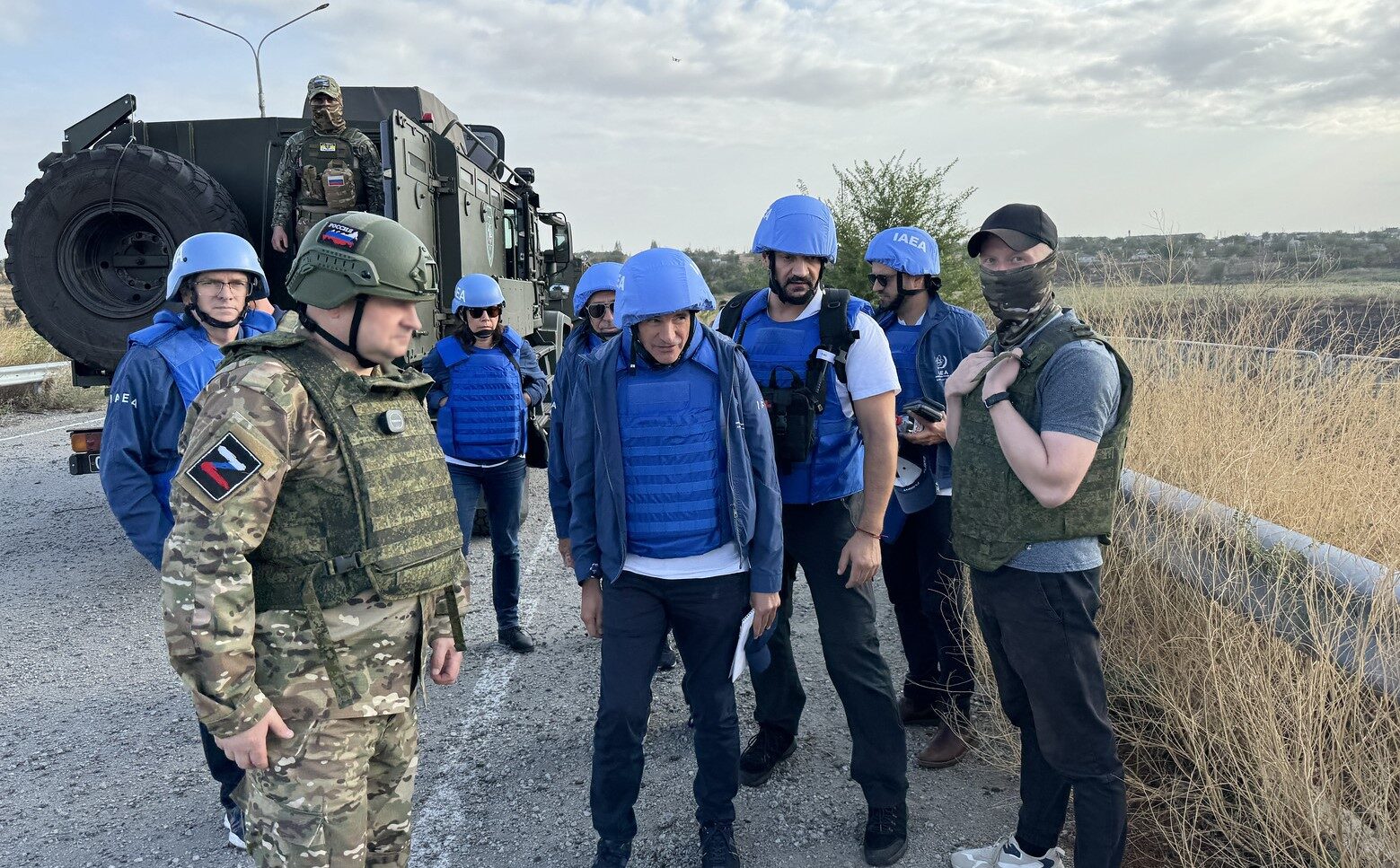Talks to restore off-site power to Europe’s largest nuclear power plant are under way between the UN, Ukraine and Russia.
The International Atomic Energy Agency (IAEA) Director-General, Rafael Mariano Grossi says he is discussing “detailed proposals” on restoring off-site power to the Zaporizhzhya Nuclear Power Plant (ZNPP).
The plant has been reliant on emergency back-up diesel generators for two weeks.
“Both sides say they stand ready to conduct the necessary repairs on their respective sides of the frontline,” Grossi says.
“For this to happen, the security situation on the ground must improve so that the technicians can carry out their vital work without endangering their lives.”
Grossi says the ZNPP’s diesel generators are functioning “without problem” with “plenty of fuel” in reserve but says a solution is needed urgently.
“It is a nuclear safety issue and it is in everybody’s interest to fix it,” he says.
“I’m calling on both sides to do what is necessary to prevent a further deterioration. It is a question of political will, not whether it is technically possible, which it is.”
The plant’s staff say they can repair the damaged 750kV line but can’t due to fighting in the area, the agency says.
ABOUT NON-NUCLEAR POWER SUPPLIES
The IAEA says that until earlier this year, two off-site lines were able to supply the ZNPP with the power it needs to cool its six shutdown reactors and spent fuel.
One of these lines, supplying 330 kilovolts, was knocked out in early May by attacks on Ukrainian territory. On September 23, the other, 750 kV, line was disconnected after it was damaged.
The loss of off-site power (or LOOP) was the 10th and most severe that the ZNPP suffered during almost four years of war, the IAEA reports.
With the plant’s reactors shut down since 2022, the safety risks are not as great as it would be for an operational plant, the agency explains.
If the emergency diesel generators (EDGs) stopped working, it may lead to a complete blackout and possibly cause an accident with the fuel melting and a potential radiation release into the environment. The IAEA says the site also has mobile generators in case the EDGs cannot supply the necessary power.
As of October 3, eight EDGs at the plant were generating 20-22 megawatts, enough to cover its nuclear safety needs; 12 more EDGs are on standby after two that were under planned maintenance were put back into service yesterday.
The EDGs each have their own fuel tanks, which the ZNPP says can provide fuel for at least 10 days; more fuel is delivered daily to on-site tanks from off-site storage.
The IAEA says its team have reported no increase in the coolant temperatures of the reactor cores and spent fuel pools as they do daily checks of the operating generators.
No increase in radiation levels have been detected.
CHORNOBYL UPDATE
At Chornobyl (Chernobyl) last week, the plant’s New Safe Confinement (NSC) facility suffered a partial blackout for three hours on Wednesday evening (local time) due to fighting around a 330 kV switchyard located around 40km away.
Off-site power to the NSC (a large structure built to prevent radioactive release from the reactor destroyed in 1986) was restored 16 hours later; the facility, which was severely damaged by a drone in February, had no access to back-up generator power for three hours.
The IAEA says monitoring and ventilation of the NSC was operational throughout the blackout and that radiation levels remained normal the entire time.
EARLIER IAEA STORY: fragile nuclear safety ‘still under attack’






